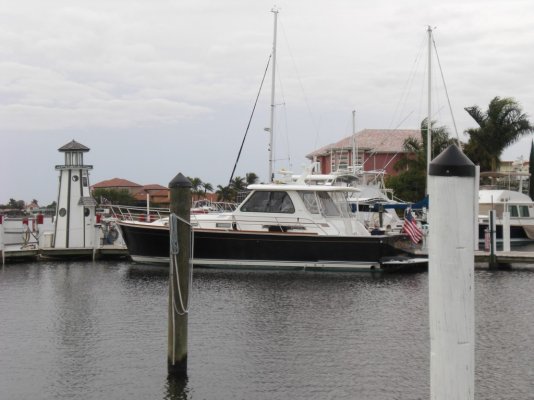Doc
Guru
- Joined
- Oct 5, 2007
- Messages
- 508
Is it possible to show good voltage at the battery with the charger off and still not have enough cranking amps?
I am still messing with my bow thruster. I got a new joystick which works but now the thruster will only run for a minute without running the battery down.
The battery is 6 years old but is a Lifeline 8D AGM that does nothing but lay there until I need the truster or windlass. It has not had very much use in its lifetime. We don't anchor but we do thrust occasionally.
I am still messing with my bow thruster. I got a new joystick which works but now the thruster will only run for a minute without running the battery down.
The battery is 6 years old but is a Lifeline 8D AGM that does nothing but lay there until I need the truster or windlass. It has not had very much use in its lifetime. We don't anchor but we do thrust occasionally.

